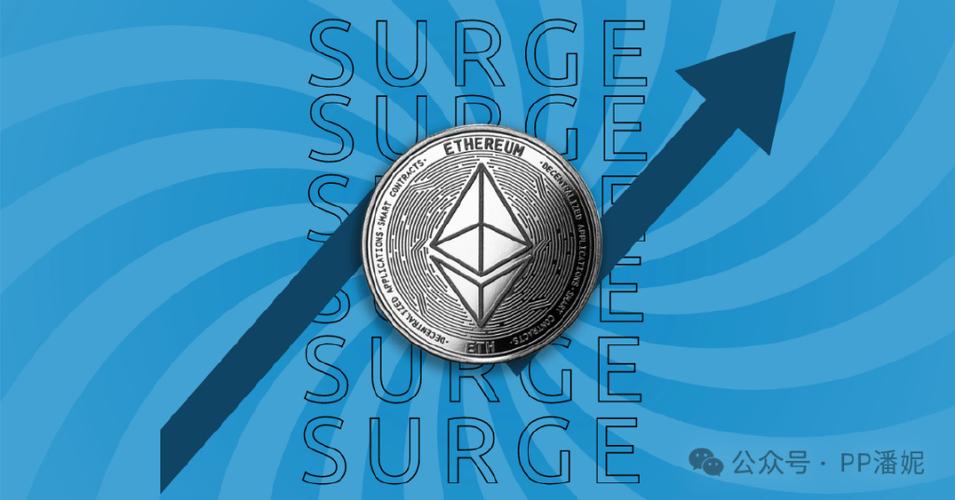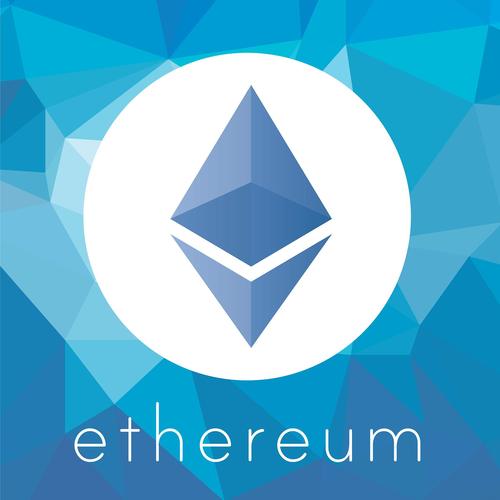
Crypto ETH: A Comprehensive Guide
Are you intrigued by the world of cryptocurrencies? Have you heard about Ethereum and its digital currency, ETH? If so, you’re in the right place. In this detailed guide, we’ll explore everything you need to know about ETH, from its origins to its potential future. Let’s dive in.
What is Ethereum (ETH)?
Ethereum is a decentralized platform that enables developers to build and deploy smart contracts and decentralized applications (DApps). It was created by Vitalik Buterin in 2013 and launched in 2015. The platform uses its native cryptocurrency, ETH, to power transactions and incentivize network participants.

How Does Ethereum Work?
Ethereum operates on a blockchain, a distributed ledger technology that ensures transparency and security. Transactions are recorded in blocks, which are then added to the chain in a chronological order. The Ethereum network is maintained by a network of nodes, which validate transactions and secure the network.
One of the key features of Ethereum is its smart contracts. These are self-executing contracts with the terms of the agreement directly written into lines of code. They run on the blockchain and automatically enforce and execute the terms of the agreement, eliminating the need for intermediaries.
What is ETH?
ETH is the native cryptocurrency of the Ethereum network. It serves several purposes:
-
Transaction fees: ETH is used to pay for transaction fees on the Ethereum network. When you send ETH to someone, you’re essentially paying for the transaction to be processed.

-
Staking: Users can earn ETH by staking their ETH on the network. Staking is a way to secure the network and validate transactions.
-
Smart contracts: ETH is used to pay for gas, which is the fee required to execute smart contracts on the Ethereum network.
History of ETH
The price of ETH has seen significant volatility since its inception. In 2015, when Ethereum was launched, the price of ETH was just a few cents. However, by 2017, the price had skyrocketed to over $1,000. Since then, the price has continued to fluctuate, reaching an all-time high of over $4,800 in 2021.
ETH vs. BTC: A Comparison
ETH and BTC are two of the most popular cryptocurrencies, but they have some key differences:
| Cryptocurrency | Origin | Market Cap | Use Case |
|---|---|---|---|
| Ethereum (ETH) | Decentralized platform for DApps and smart contracts | $200 billion | Powering DApps, smart contracts, and decentralized finance (DeFi) |
| Bitcoin (BTC) | Decentralized digital currency | $500 billion | Peer-to-peer electronic cash system |
ETH and DeFi
Ethereum has played a significant role in the rise of decentralized finance (DeFi). DeFi is a financial system built on blockchain technology, allowing users to access financial services without intermediaries. ETH is used to power many DeFi platforms, including lending, borrowing, and trading.
The Future of ETH
The future of ETH is uncertain, but there are several factors that could impact its growth:
-
Ethereum 2.0: The Ethereum network is currently undergoing a major upgrade called Ethereum 2.0. This upgrade aims to improve scalability, security, and sustainability. If successful, it could significantly increase the value of ETH.
-
Adoption: The adoption of Ethereum and its DApps could drive the demand for ETH, leading to an increase in its price.
-
Regulation: The regulatory landscape for cryptocurrencies is still evolving. How governments regulate ETH could have a significant impact on its future.
As you can see, ETH is a complex and multifaceted cryptocurrency with a promising future. Whether you’re a seasoned investor or just starting out, understanding the intricacies of ETH is crucial. Keep in mind that investing





